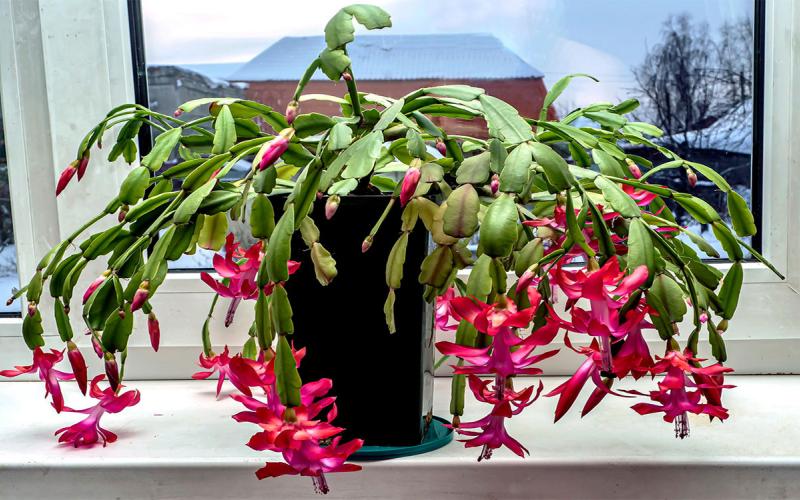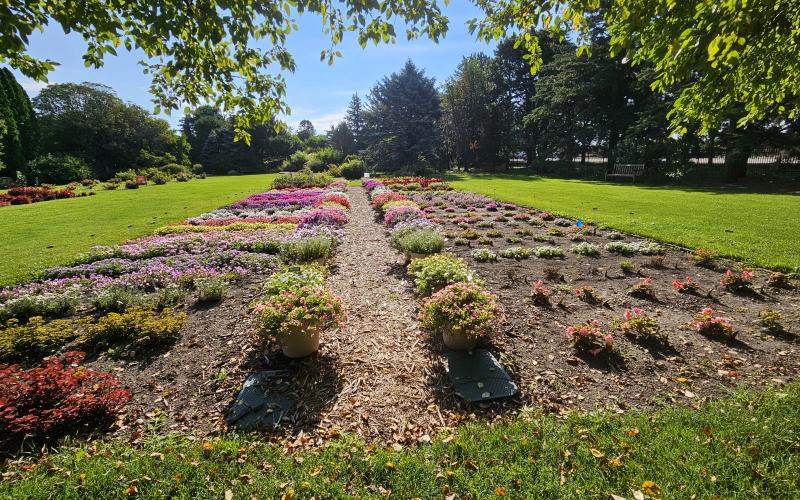Fuel wood is a source of winter heating for many homes in South Dakota. The function may be merely decorative, the crackling fire in the fireplace or to strictly heat, though many fireplaces and stoves provide a balance of the two.
While wood can be an excellent heat source, burning wood in stove and fireplaces can result in stovepipe or chimney fires. These fires are often the result of a buildup of creosote, a tar-like material that forms due to incomplete combustion. There are several steps owners can follow to reduce the possibility of a fire.
Firewood Selection
If your fireplace or wood stove utilizes split wood, it is important that the wood be dry and seasoned. If the wood is wet or has not been seasoned then the heat is primarily going to evaporation and vaporization rather than heat for the home and cool fires also results in more creosote formation. Split wood should be stored off the ground and some people also cover the wood to protect it from the elements. However, if the wood is covered, the lower ends of the firewood stacks must be open to provide good air circulation. While there is no single definition of seasoned firewood, it is generally considered to be wood that has been split and dried for at least six to nine months. This process reduces the moisture content to less than 25 percent so most of the water has been eliminated. Seasoned firewood will burn hotter and result in less creosote residue.
Homeowners usually rely on the word of the seller that the wood is seasoned, but here are a few checks to determine if the wood has been properly dried. Seasoned firewood will usually have numerous cracks on the ends of the split logs. These occur as the wood dries and shrinks. The wood will also be lighter and make a sharp ring when two pieces are hit together. Using a pellet wood stove eliminates the issue of buying dry wood as the pellets have moisture content of about 6 to 8 percent. Pellet wood should be stored covered and out of the weather.
Chimney Safety
The stovepipe and chimney flues should be inspected annually. This inspection is an excellent time to check for foreign objects; twigs, leaves and even bird nests that may fall in during the summer, as well as revealing any heavy creosote deposits. While these deposits can be removed with a stiff wire chimney brush by the homeowner, this is probably best done by a professional. Pellet stoves burn hotter so there is less risk to a fire but the stovepipe still should be inspected and cleaned if necessary.
While the buildup of creosote is the most common source of fires, a buildup of ash can also burn. Ash should be frequently removed and stored in a non-combustible container that is placed outside away from the house.

